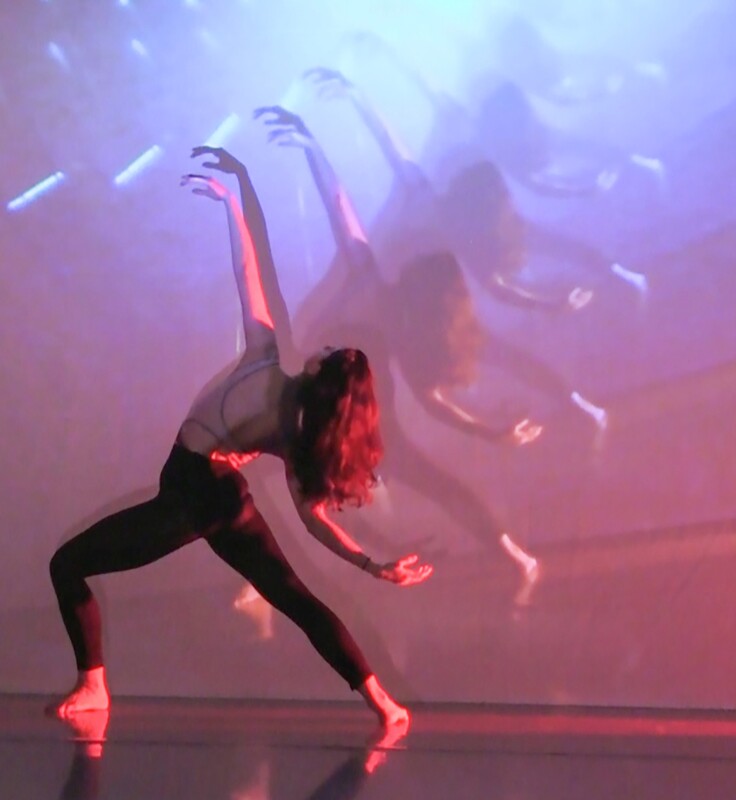|
New York Theatre Ballet in "Toulouse's Dream" For years, New York Theatre Ballet has delighted countless children at The Egg with their many small but decorative story ballets for children – “Cinderella,” “Peter and the Wolf” and “Sleeping Beauty.”
The chamber ballet has also been preserving the art form’s important historic works – those by Antony Tudor, Agnes DeMille and, as seen once again at The Egg on Friday night, Jerome Robbins. Yet now the company, under the direction of its former star dancer Steven Melendez is expanding its realm by commissioning new works. And those pieces, one by illusionists Art Bridgman and Myrna Packer and a second by American Ballet Theatre Principal James Whiteside, are freeing the dancers from the pressures of getting "history right." They are now dancers who can explore their own moment in time. Don’t get me wrong. I love that NYTB is conserving the works of important, long past choreographers. Those pieces are vital to understanding the history and the ultimate direction the craft has taken. But nothing is more interesting, to audiences and artists, than the new. That was evident in Bridgman and Packer’s “Toulouse’s Dream," a work that drifted audiences and dancers into the post-Impressionist world of painter Henri de Toulouse-Lautrec, an artist who captured the allure of burlesque nightlife in Paris. Bridgman and Packer did this, as they are wont to do, by enveloping the dancers in video imagery. We see the dancers themselves, both lifesize and in miniature, as well as moving reflections of their actions. The multiple of dancers, real and imaginary, in pantaloons, petticoats and bustiers, created a universe where they sashayed with and around themselves. A figure dressed in a top hat and coat directed their movement with his cane, obviously Toulouse-Lautrec, as the dancers swirled in a whirling cauldron of activity. At one point, they lifted the figure, raising him up to become part of the kaleidoscopic color and energy radiating from the floor. It was captivating. Moreover, the electronic music by composer Martha Mooke was performed live with Mooke herself appearing on violin. This work has legs and I hope to see it again. Whiteside’s “Mamborama” was the night’s charming closer that exaggerated popular Cuban music. With a cast of dancers in flashy Latin ballroom garb – sequins bodices and short fringed shirts included – they shimmied and strutted across the floor accenting every bombastic punch in the music with a flick of their hands or a kick of their legs. They became the music, thus the dance. They owned it like they don’t own the artifacts of lost dances. That was clear with the night’s opener – Robbins’ “Septet.” To music by Igor Stravinsky, the piece is one of those in which Robbins appears to be echoing George Balanchine – specifically his “Apollo.” This is always a bad idea as one’s own voice carries authenticity, not dull falsehoods. Regardless, on the surface, one could say “Septet” was well-crafted and the dancers did do it justice. However, I would have preferred to see a Robbins work that was not a nod to another, one that offered up Robbins as he was – an urban choreographer who understood people as they were, not as they were idealized by another. Finally, Bridgman/Packer offered up an excerpt of optical trickery in “Under the Skin,” a video extravaganza that has been a repertory staple for years, which is always a pleasure to see.
0 Comments
Leave a Reply. |
Wendy
|

 RSS Feed
RSS Feed
